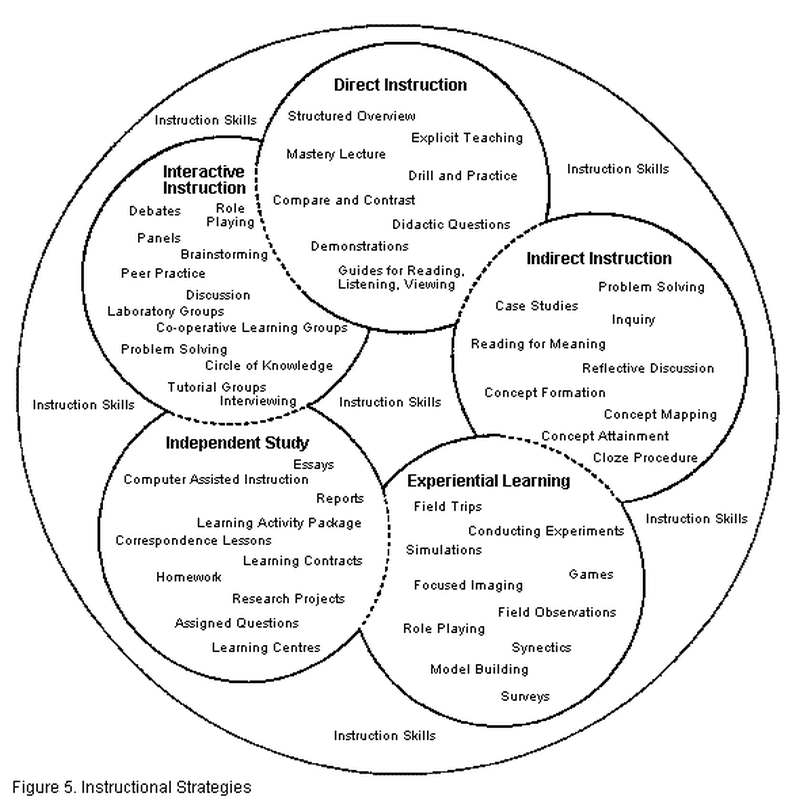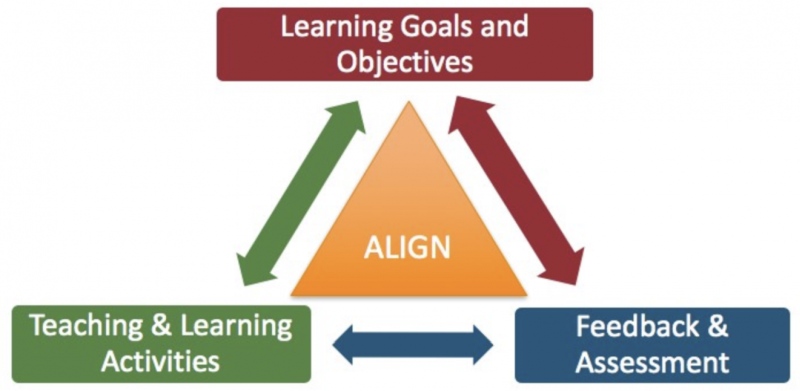Educators throw around the term “instructional strategies” pretty freely. But what exactly does this term mean? How can understanding instructional strategies make you a better teacher? Read on to find out.
What are instructional strategies?
In the simplest of terms, instructional strategies are the methods teachers use to achieve learning objectives. In other words, pretty much every learning activity you can think of is an example of an instructional strategy. They’re also known as teaching strategies and learning strategies.
The more instructional strategies a teacher has in their tool kit, the more they’re able to reach all of their students. Different types of learners respond better to various strategies, and some topics are best taught with one strategy over another. Usually, teachers use a wide array of strategies across a single lesson. This gives all students a chance to play to their strengths and ensures they have a deeper connection to the material.
What are the different types of instructional strategies?
Source: Teaching as Decision Making
There are a lot of different ways of looking at instructional strategies. One of the most common breaks them into five basic types. It’s important to remember that many learning activities fall into more than one of these categories, and teachers rarely use one type of strategy alone. The key is to know when a strategy can be most effective, for the learners or for the learning objective.
For more instructional strategies examples and how to use them, click here.
Direct Instruction
Direct instruction can also be called “teacher-led instruction,” and it’s exactly what it sounds like. The teacher provides the information, while the students watch, listen, and learn. Students may participate by answering questions asked by the teacher or practicing a skill under their supervision. This is a very traditional form of teaching, and one that can be highly effective when you need to provide information or teach specific skills.
- Examples: Lecture, didactic questioning, demonstration, drill & practice
Learn more: The Direct Instruction Method: A Practical Guide to Effective Teaching
Indirect Instruction
This form of instruction is learner-led and helps develop higher-order thinking skills. Teachers guide and support, but students drive the learning through reading, research, asking questions, formulating ideas and opinions, and more. This method isn’t ideal when you need to teach detailed information or a step-by-step process. Instead, use it to develop critical thinking skills, especially when more than one solution or opinion is valid.
Learn more: Indirect Instruction: Definition & Strategies
Experiential Learning
In experiential learning, students learn by doing. Rather than following a set of instructions or listening to a lecture, they dive right into an activity or experience. Once again, the teacher is a guide, there to answer questions and gently keep learning on track if necessary. At the end, and often throughout, the learners reflect on their experience, drawing conclusions about the skills and knowledge they’ve gained. Experiential learning values the process over the product.
Learn more: Experiential Learning at the Center for Innovative Teaching and Learning
Interactive Instruction
As you might guess, this strategy is all about interaction between the learners, and often the teacher. The focus is on discussion and sharing. Students hear other viewpoints, talk things out, and help each other learn and understand the material. Teachers can be a part of these discussions, or they can oversee smaller groups or pairings and help guide the interactions as needed. Interactive instruction helps students develop interpersonal skills like listening and observation.
- Examples: Class or small-group discussion, brainstorming, role-playing, think-pair-share, debate
Learn more: Interactive Methods of Teaching and Learning
Independent Learning
Also called independent study, this form of learning is almost entirely student-led. Teachers take a backseat role, providing materials, answering questions, and guiding or supervising. It’s an excellent way to allow students to dive deep into topics that really interest them, or to encourage learning at a pace that’s comfortable for each student.
- Examples: Computer-based instruction, essays, research projects, journals, learning centers
Learn more: Independent Learning: What It Is and How It Works
How do I choose the right instructional strategies for my classroom?
Source: Educational Technology
When it comes to choosing instructional strategies, there are several things to consider. (Looking for new ideas? Check out our list of 30 instructional strategies examples!)
- Learning Objectives: What will students be able to do as a result of this lesson or activity? If you are teaching specific skills or detailed information, a direct approach may be best. When you want students to develop their own methods of understanding, consider experiential learning. To encourage critical thinking skills, try indirect or interactive instruction.
- Assessments: How will you be measuring whether students have met the learning objectives? The strategies you use should prepare them to succeed. For instance, if you’re teaching spelling, direct instruction is often the best method, since drill-and-practice simulates the experience of taking a spelling test.
- Learning Styles: What types of learners do you need to accommodate? Most classrooms (and most students) respond best to a mix of instructional strategies. Those who have difficulty speaking in class might not benefit as much from interactive learning, and students who have trouble staying on task might struggle with independent learning.
- Learning Environment: Every classroom looks different, and the environment can vary day by day. Perhaps it’s testing week for other grades in your school, so you need to keep things quieter in your classroom. This probably isn’t the time for experiments or lots of loud discussions. Some activities simply aren’t practical indoors, and the weather might not allow you to take learning outside.
Learn more: Matching Learning Strategies to Learning Goals



